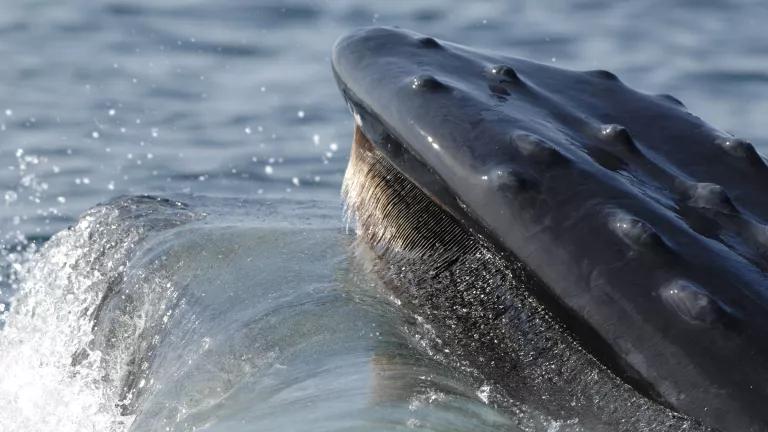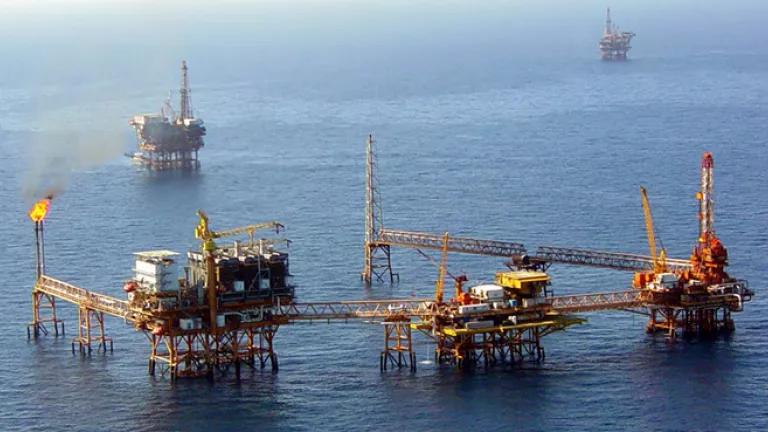
Norway signed a multi-lateral agreement with the United States last month, full of very laudable commitments.
And very promptly set about ignoring some of the most vital ones.
Though the country is a strong partner to other western nation and a leader on some environmental issues, Norway has also sometimes struggled with environmental responsibility. So it was encouraging, on May 13th, to see its government subscribe to a declaration with sister Nordic countries and the United States. One that includes smart, forward-looking pledges on climate.
The agreement expressly acknowledges the urgency of climate threats, the need to bring all possible tools to bear on the problem. As it proclaims: “No effort should be spared in making concrete progress domestically and abroad over the coming decades by shifting to low carbon economies.”
Norway and the countries agreed that we have to radically change our approach to energy supply: “A comprehensive change in the global energy system is required in order to reduce emissions.” Among other things, that means unlocking investment in clean energy and taking other steps “promoting renewable energies and fuels.”
Five days later, on May 18th, Norway sold a massive set of new oil and gas leases in the Arctic, including some that pushed further north than ever before.
So much for comprehensive change. Norway hadn’t issued new leases in its part of the Barents Sea for twenty years. But hard on the heels of its commitment to promote investment in new energy, it locked in massive industrial investment in old sources. “The oil industry is looking at this as long, long-term investments” an energy expert noted.
This isn’t just bad optics. It directly undercuts progress against climate change. The world already has four to seven times the proven fossil fuel reserves we can afford to burn if we want to avoid truly disastrous global warming. Drilling in new places means more and more fossil fuels that compete against and slow adoption of clean alternatives and efficiency technologies. And given the “long lead times for Barents Sea exploration and development,” sinking big investments into the region now just about guarantees that the industry will be trying to squeeze oil and gas—and profits—out of it far into the future, long after we must be well on our way to completely kicking our fossil fuel addiction.
How could Norway rationalize so palpably thwarting the very transition to clean energy it agreed was so urgent?
First, it said it wanted to help out fossil fuel companies that are falling on hard times, because of a global glut and market penetration of alternatives: “Norway's ministry of petroleum and energy cited the industry's economic woes as a reason for the leases.” So this, apparently, was a kind of corporate welfare, a hand up for an industry that includes some of the richest corporations in the world.
And second, Norway all but said, the Arctic was inviting it in. “In opening up the oil territory, which lies primarily in the Barents Sea, Norway pointed to new sea ice data showing that the edge had retreated farther north.” It used to be that the Arctic protected itself. The polar ice cap prevented drilling in the area of the new, northern lease blocks. Now, though, the ice is in retreat, and the oil companies—invited by Norway—are rushing in.
What did the U.S.-Nordic declaration have to say about the Arctic? It’s “one of the most vulnerable regions to climate change.” So, actually not a great place to drill for more climate-wrecking fossil fuels. In fact, just as bad a place as you can imagine.
With its neighbors and the U.S., Norway agreed to “work towards the highest global standards, best international practice, and a precautionary approach, when considering new and existing commercial activities in the Arctic, including oil and gas operations.” What’s a “precautionary approach” mean? The first two elements are “taking preventive action in the face of uncertainty [and] shifting the burden of proof to the proponents of an activity.” The antithesis of full steam ahead on flooding the world with more oil and gas.
Thus, Norway passed on a defining opportunity to put its money where its mouth is. To show change is possible. And help guide other nations into a climate-safe future, instead of back into the dirty and disastrous fossil fuel economy. To signal the truth, which is that we have no time to waste on the ways of the past, if we want to spare our kids both great hardship and the bitter knowledge their parents didn’t care all that much.
For a few days, Norway looked pretty smart, pretty green. Now it looks like that was just a flash in the pan.



